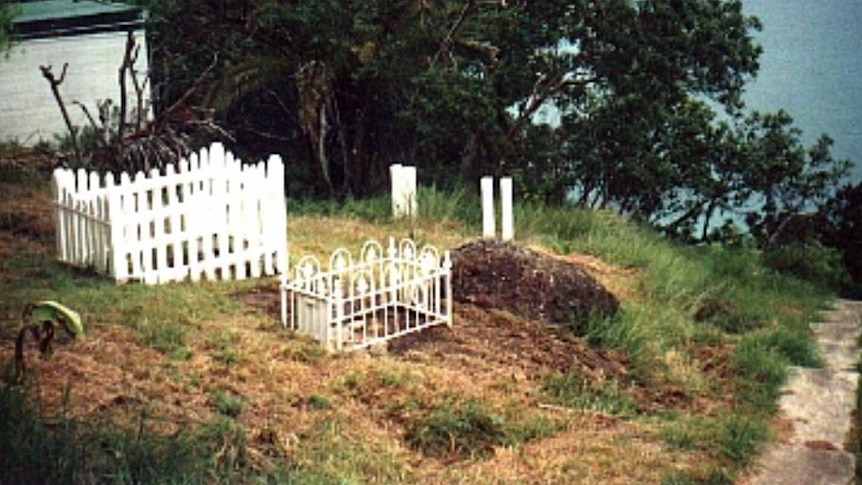
Unmarked graves dot the Whitsundays, their location and their occupants are largely unknown - lost to time - and it falls upon the patient few to track down these lone resting places.
Hundreds of burial sites dating back as far as 1861 have been found across the state, and in our own region the hunt for lone graves is in the hands of Whitsunday Regional Council senior information officer Kia Ellem.
Ms Ellem has been leading the council’s lone grave project since 2018, keeping track of not only where people are buried, but creating public databases which include their personal histories.
Along with finding missing graves along riversides, roads, and up through the backroad properties of the region, Ms Ellem has helped locate 70 unmarked graves in the Proserpine cemetery.
She uses ground-penetrating radars, metal detectors, maps and old records, as well as information from long-time Whitsunday families to find them.
“I wish I had started 20 years ago so that I could ask a lot of those people who’ve since passed away about the vague locations of graves on properties,” Ms Ellem said.
In many cases Ms Ellem finds not only graves of Australians, but also those of other countries – particularly ones brought here against their will.
“Blackbirding” of South Sea Islanders by Australian settlers was a common practice of the late 19th and early 20th centuries which brought over 50,000 Islanders to Australia to work as indentured labourers on cane fields in Queensland.
They were tricked, kidnapped, or lured to the country.
Their graves have since been unearthed in cane fields, farmsteads, and some local cemeteries across Queensland.
“We have South Sea Islanders buried in Proserpine and Bowen cemetery, and I know of some on private properties,” Ms Ellem said.
“When the old Crystalbrook sugar mill in Glen Isla was active, we know there may be 20 graves out near there somewhere.”
Ms Ellem has found 20 graves underneath a section of the old road in Proserpine’s Cemetery, 17 of those were South Islanders that were not given headstones.
As part of the operations, families of the deceased are told that the grave of a family member has been found, but usually not the exact location, and Ms Ellem said she was always looking for more information.
“We don’t want to intrude on properties or encourage people to do that,” she said.
“It is for future generations because these people deserve to be recognised.”